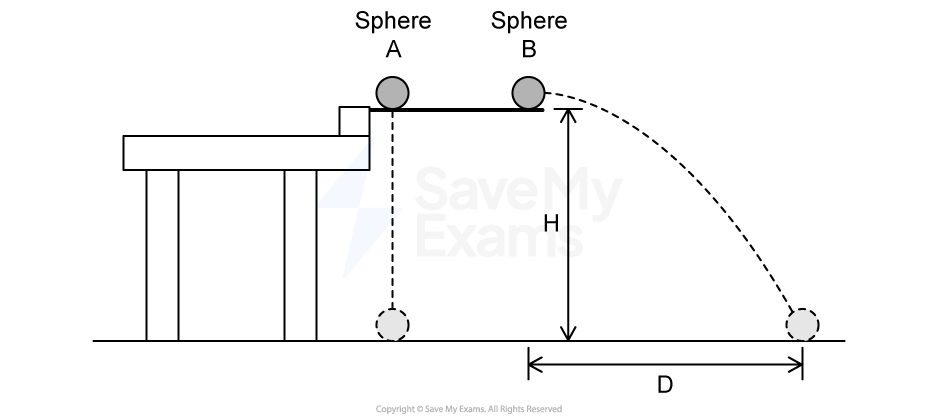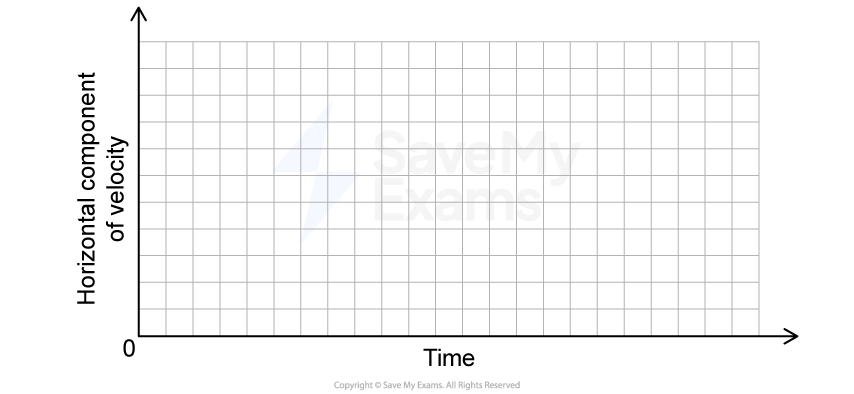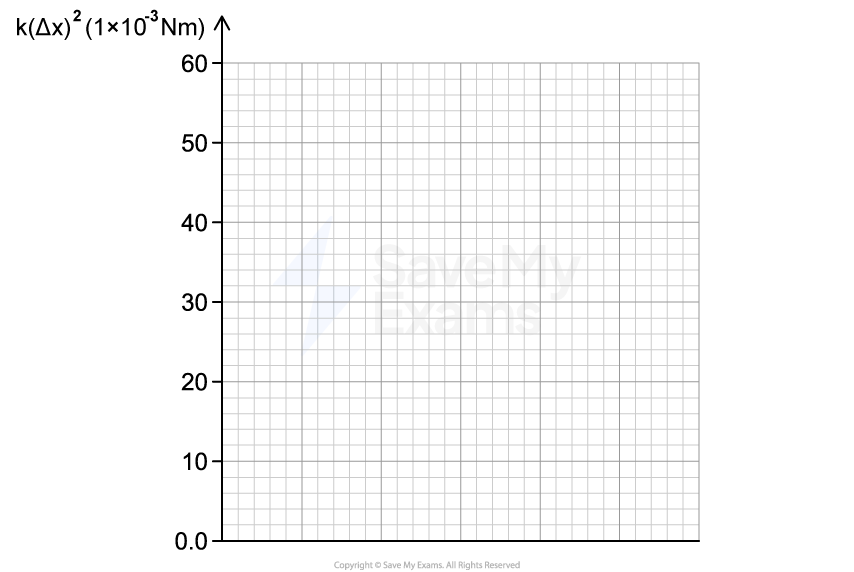Figure 1
A stunt cyclist builds a ramp that will allow the cyclist to coast down the ramp and jump over several parked cars, as shown above. To test the ramp, the cyclist starts from rest at the top of the ramp, then leaves the ramp, jumps over six cars, and lands on a second ramp.
Figure 1 shows the vertical distance between the top of the first ramp and the launch point,  , and the angle of the ramp at the launch point,
, and the angle of the ramp at the launch point,  , as measured from the horizontal. The cyclist travels a horizontal distance of
, as measured from the horizontal. The cyclist travels a horizontal distance of  whilst the cyclist and bicycle are in the air. The combined mass of the stunt cyclist and bicycle is
whilst the cyclist and bicycle are in the air. The combined mass of the stunt cyclist and bicycle is  .
.
i) Starting with conservation of energy, derive an expression for the speed of the cyclist as they leave the ramp in terms of  and physical constants as appropriate. Begin your derivation by writing a fundamental physics principle or an equation from the reference booklet.
and physical constants as appropriate. Begin your derivation by writing a fundamental physics principle or an equation from the reference booklet.
ii) Starting with a kinematic equation, derive an expression for the distance travelled,  in terms of
in terms of  ,
,  , and physical constants as appropriate. Begin your derivation by writing a fundamental physics principle or an equation from the reference booklet.
, and physical constants as appropriate. Begin your derivation by writing a fundamental physics principle or an equation from the reference booklet.
with initial speed
.









